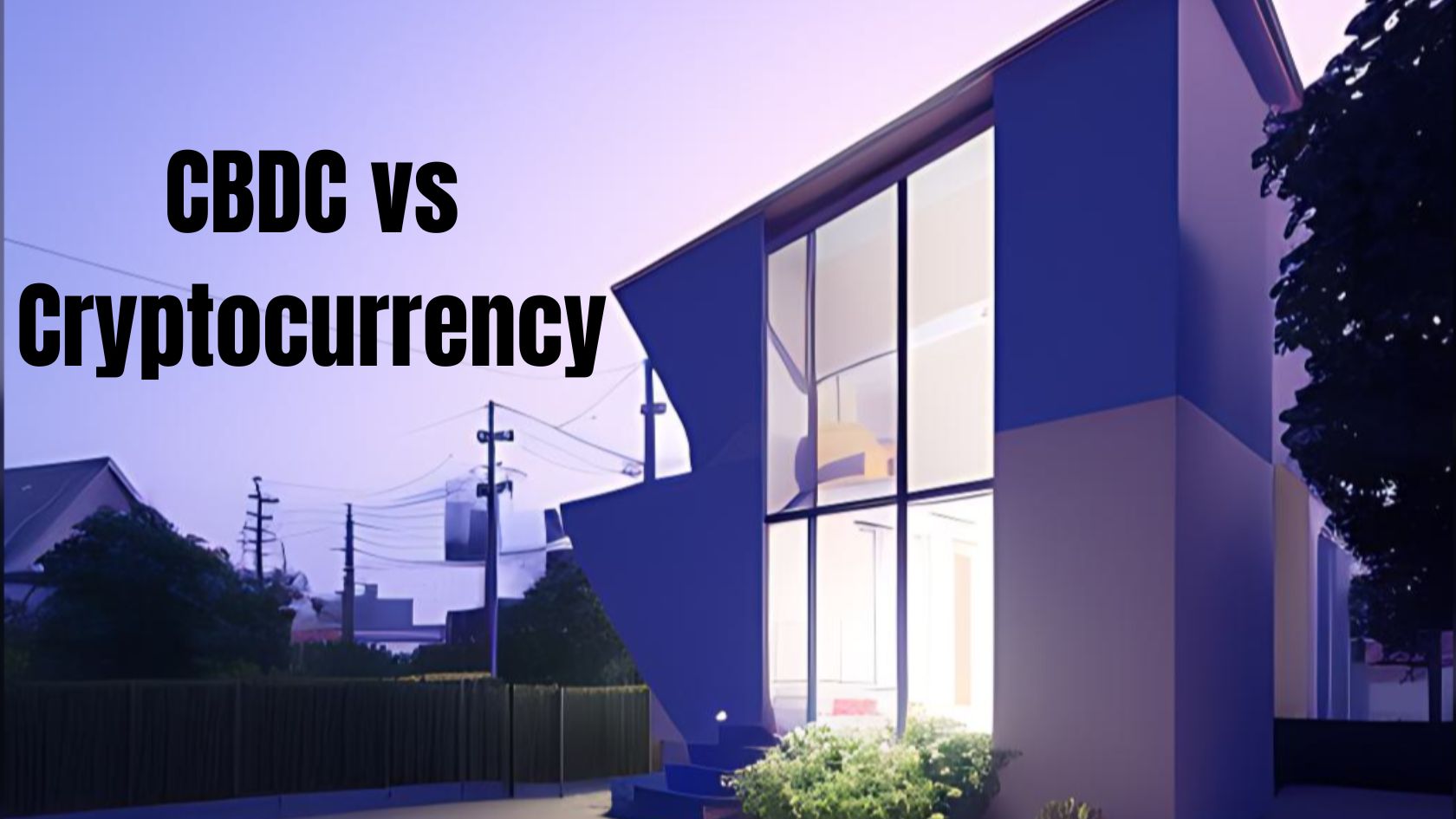What Is slippage?
Slippage is the situation that occurs when the cryptocurrency that you buy or sell ends up trading at a different price than you originally intended. Slippage can happen in both directions.
You may have intended to buy your coin at a meager price. However, because the market is moving rapidly when your order finally goes through, it might have been the case that your trade occurred at a much higher price than you originally intended.
When this difference is drastic, it can mean a ton of lost money on your end.
On the other hand, you may be trying to sell your crypto. In this case, you might have wanted to sell your asset at a much higher price, but it might be the case that suddenly, your crypto drops in value, and your trade ends up fulfilling at a lower price than you intended.
There is, of course, a possibility that you might earn more money than you intended. These situations are the reverse circumstances of what we have explored above.
For example, if you intend to buy your coins at a specific price, but the asset’s value suddenly falls, you can purchase your coins at a much lower cost than you initially thought. Of course, you might now wonder why the market suddenly dipped so much, but that is another topic.
Slippage can also be beneficial on the selling end. For example, if you intend to sell your coins at a much lower price, your asset might suddenly increase in value and end up with a trade that gives you a larger profit.
This case would be the most ideal of all the slippages we have discussed — although you might regret that after you’ve sold, you should have held onto your cryptocurrency for a bit longer.
What Causes Slippage?
Slippage can happen for several reasons.
Volatility
One of the reasons why a slippage occurs is because of volatility. When an asset is particularly volatile, what naturally happens is that even as you are processing your trade, the price of your asset might change within that short length of time.
If so, although you may have placed your order for a trade for a certain price, the resulting trade may be completely different.
Especially in an asset like cryptocurrency, volatility is relatively high. Therefore, slippage might be primarily caused by the quick and large price shifts over a short time.
Liquidity
Another factor that may cause slippage is the lack of liquidity. That is, there may be a situation where there may not be enough coins to be traded.
In such a circumstance, although you may have placed an order at a price you first saw as the trading price at the time, another person’s order might beat out your order. Because your order was slightly slower than the other person’s, their order may have bumped up the asset’s price. As a result, your order was fulfilled at that high price.
Such a situation is especially difficult in crypto coins that are not as popular. Because there are not as many coins in circulation, one coin being sold or bought could make all the difference in at what price your orders are actually fulfilled.
An interesting exception to the “well-traded” rule may be non-fungible tokens. This is because the popularity of such things does not reflect immediately in liquidity.
Instead, the more popular an NFT, the more likely it is that it will not be traded very much. They are one of a kind, and therefore, they will have different patterns in trading.
How To Prevent Slippage
Now, as we discussed, although edge cases do exist where your trades make more money than you originally planned, the last thing you’ll want to do with your money is to risk it on some technicality. What we want to make sure to do with our investments is that all things go according to the careful plans that we have made.
So, how do we do this? How can we make sure not to become victims of slippage?
Limit Rather Than Market Orders
The easiest and most important thing to prevent slippage is to ensure that the orders we make are limit orders rather than market orders.
A limit order is simply an order that prevents the fulfillment of an order after a specific “limit” price.
So, if you buy some coins, the order will only be filled when and only when the price is at or lower than the limit price. On the other hand, if you sell coins, the order will only be filled when the price is higher or at the limit price.
On the contrary, a market order will execute the order at the best price available on the market. It leaves the discretion of filling the order to the market’s fate. This type of order is what will cause slippage.
Trading Stable Cryptocurrency
As we discussed, one of the underlying reasons for slippage is volatility. Therefore, what we want to do if we want to prevent slippage while retaining the ability to trade at the best price offered in the market is to trade those cryptos that are not as volatile.
This may limit the options quite a bit, but this may be a trading strategy you may want to implement depending on your investment goals. Crypto options like stablecoins may be excellent for minimizing the risk of slippage with low volatility.
Trading Popular Cryptocurrency
Another risk we discussed was the lack of liquidity. To solve this issue, we must trade cryptocurrencies that have more currency in circulation. The most popular cryptocurrency will also be the coins that are least likely to be susceptible to slippage.
Conclusion
Slippage can undoubtedly be a dangerous problem to encounter in trading cryptocurrency. It may completely wreck your trade and destroy your profits in severe circumstances.
However, depending on your trading platform, there are viable ways to mitigate the problem. It might be as simple as checking the box for a limit order rather than a market order.
At other times, it might be necessary that you take care to do your research on the cryptocurrency that you are thinking about trading.
As with all things, avoiding slippage in cryptocurrency trading is about being informed and making the right choices on those small things so that you might have significant returns. For more crypto information and investment solutions, contact us.
Sources:
Dealing with Slippage in Cryptocurrency | Nasdaq
Understanding Liquidity and How to Measure It | Investopedia
Volatility: Meaning In Finance and How it Works with Stocks | Investopedia
Slippage – Overview, How It Occurs, How To Minimize | CFI





